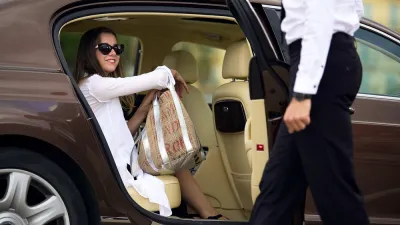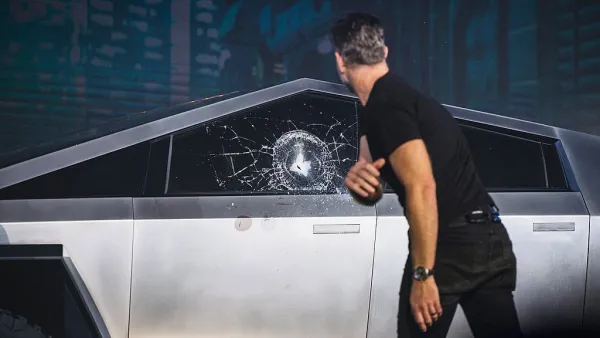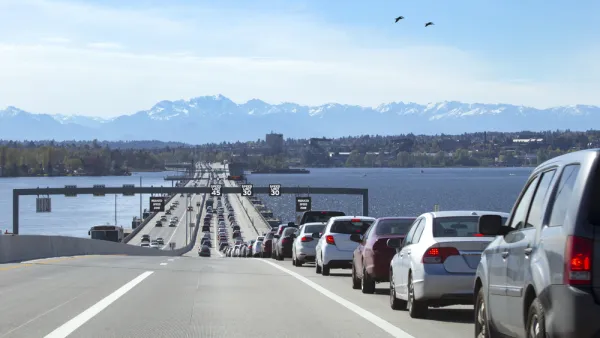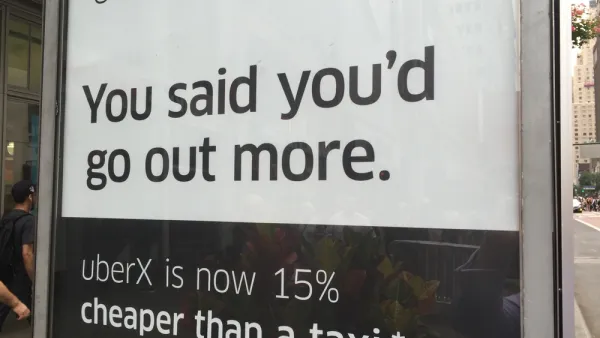A small group of test subjects, enabled with the use of a chauffeur, increased driving distances by a collective 83 percent.

Aaron Gordon shares news of research that attempts to duplicate the effect of rolling out a worldwide fleet of self-driving cars available for use by anyone with the money to pay for a ride.
Mustapha Harb, a Ph.D. candidate at the University of California Berkeley’s Department of Civil and Environmental Engineering, duplicated an autonomous future by hiring a bunch of chauffeurs to drive people around. "The chauffeur…will do the driving for you. And, just like the most optimistic AV future of fully autonomous robot cars zooming around, you don’t even have to be in the car," explains Gordon.
"Using 13 volunteers (a very small sample size due to budgetary constraints) from the San Francisco Bay Area who owned cars, Harb and his team studied their travel patterns using GPS trackers on their cars and phones for one week, then gave them a chauffeur for a week who would drive the participants’ personal vehicles for them. Finally, the researchers observed the subjects for a final week to look for any changes returning to their chauffeur-less life."
As for the findings, the study reports that subjects "increased how many miles their cars covered by a collective 83 percent [pdf] when they had the chauffeur versus the week prior."
The article includes a lot more context, in the form of other historical innovations in transportation that changed the world, as well as discussion of what the study's findings could mean for an autonomous future, should self-driving cars finally become a viable product at scale.

National Parks Layoffs Will Cause Communities to Lose Billions
Thousands of essential park workers were laid off this week, just before the busy spring break season.

Retro-silient?: America’s First “Eco-burb,” The Woodlands Turns 50
A master-planned community north of Houston offers lessons on green infrastructure and resilient design, but falls short of its founder’s lofty affordability and walkability goals.

Delivering for America Plan Will Downgrade Mail Service in at Least 49.5 Percent of Zip Codes
Republican and Democrat lawmakers criticize the plan for its disproportionate negative impact on rural communities.

Test News Post 1
This is a summary

Test News Headline 46
Test for the image on the front page.

Balancing Bombs and Butterflies: How the National Guard Protects a Rare Species
The National Guard at Fort Indiantown Gap uses GIS technology and land management strategies to balance military training with conservation efforts, ensuring the survival of the rare eastern regal fritillary butterfly.
Urban Design for Planners 1: Software Tools
This six-course series explores essential urban design concepts using open source software and equips planners with the tools they need to participate fully in the urban design process.
Planning for Universal Design
Learn the tools for implementing Universal Design in planning regulations.
EMC Planning Group, Inc.
Planetizen
Planetizen
Mpact (formerly Rail~Volution)
Great Falls Development Authority, Inc.
HUDs Office of Policy Development and Research
NYU Wagner Graduate School of Public Service





























